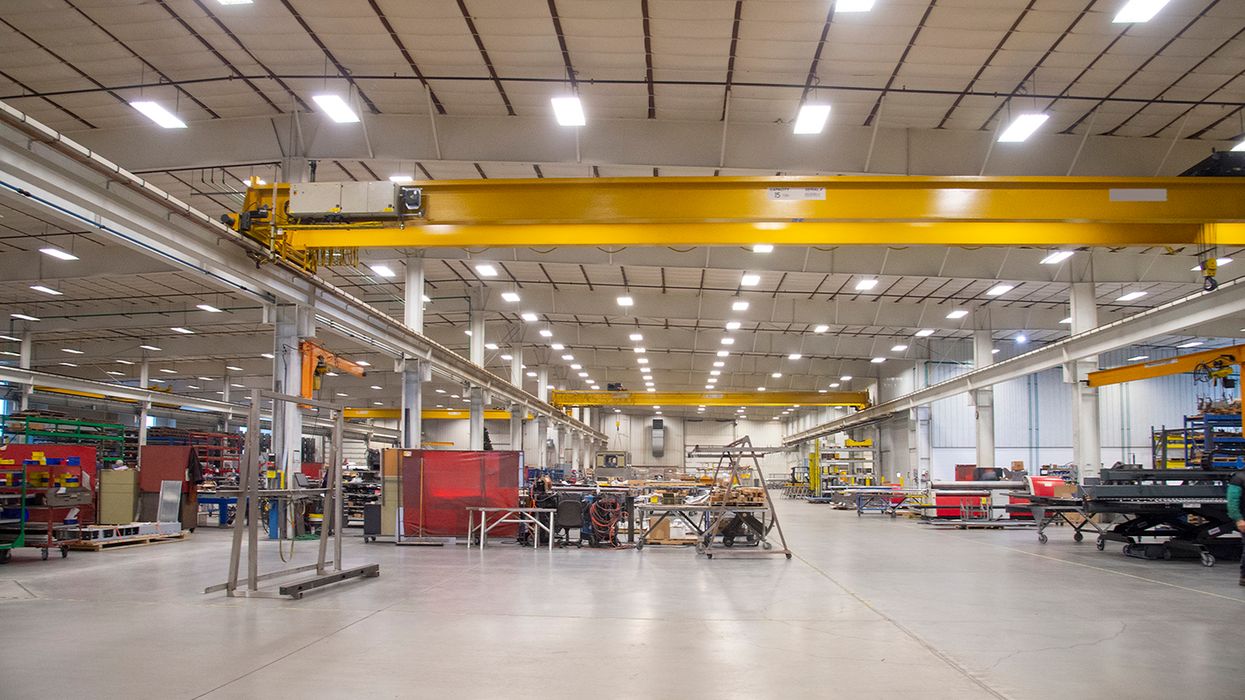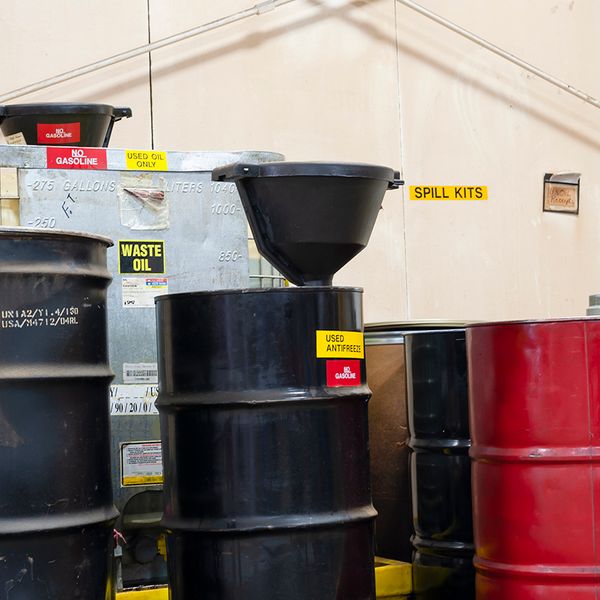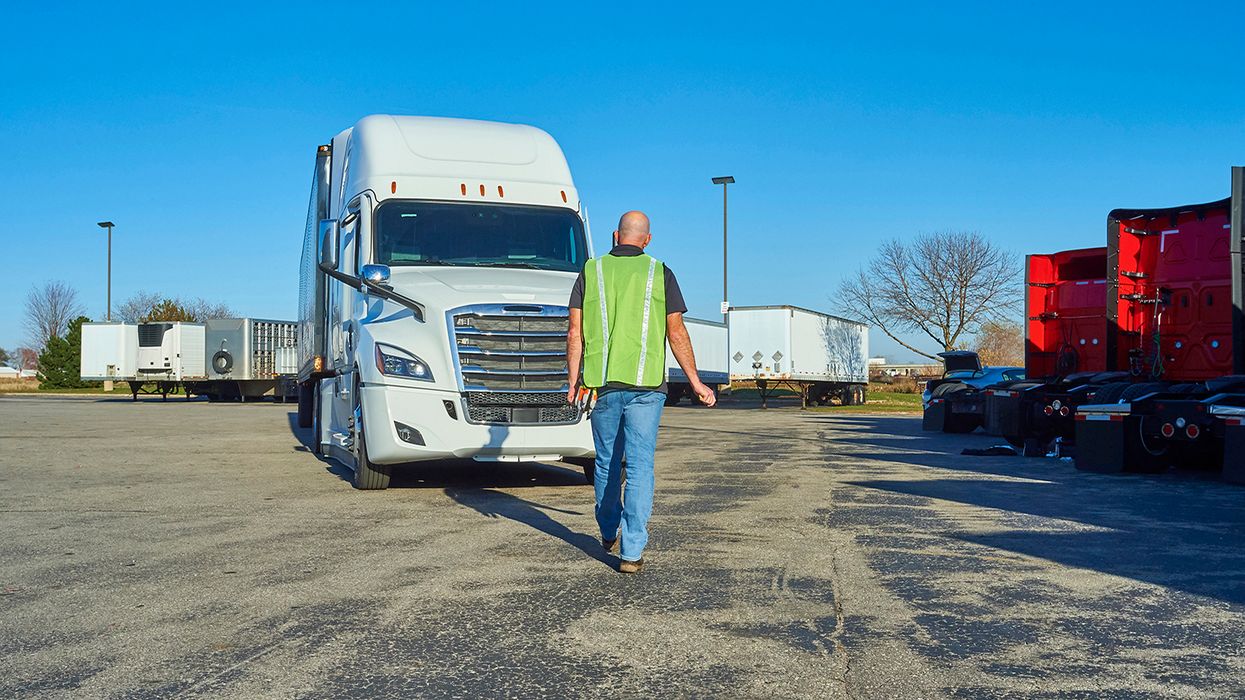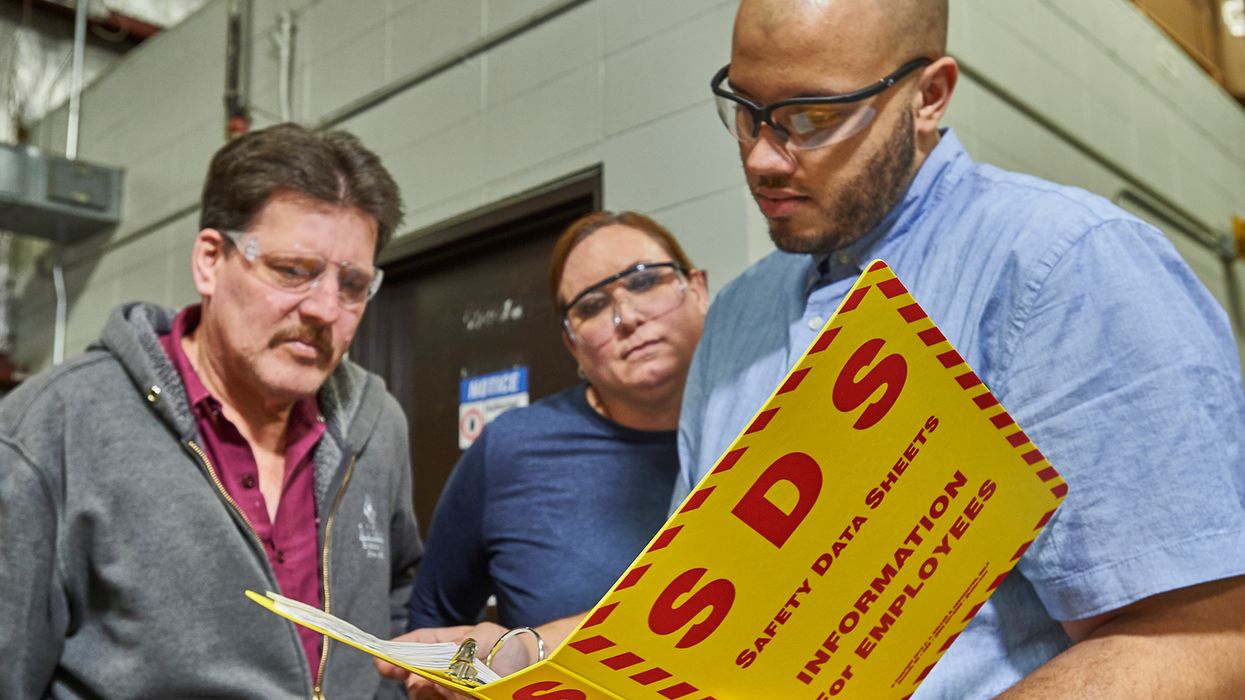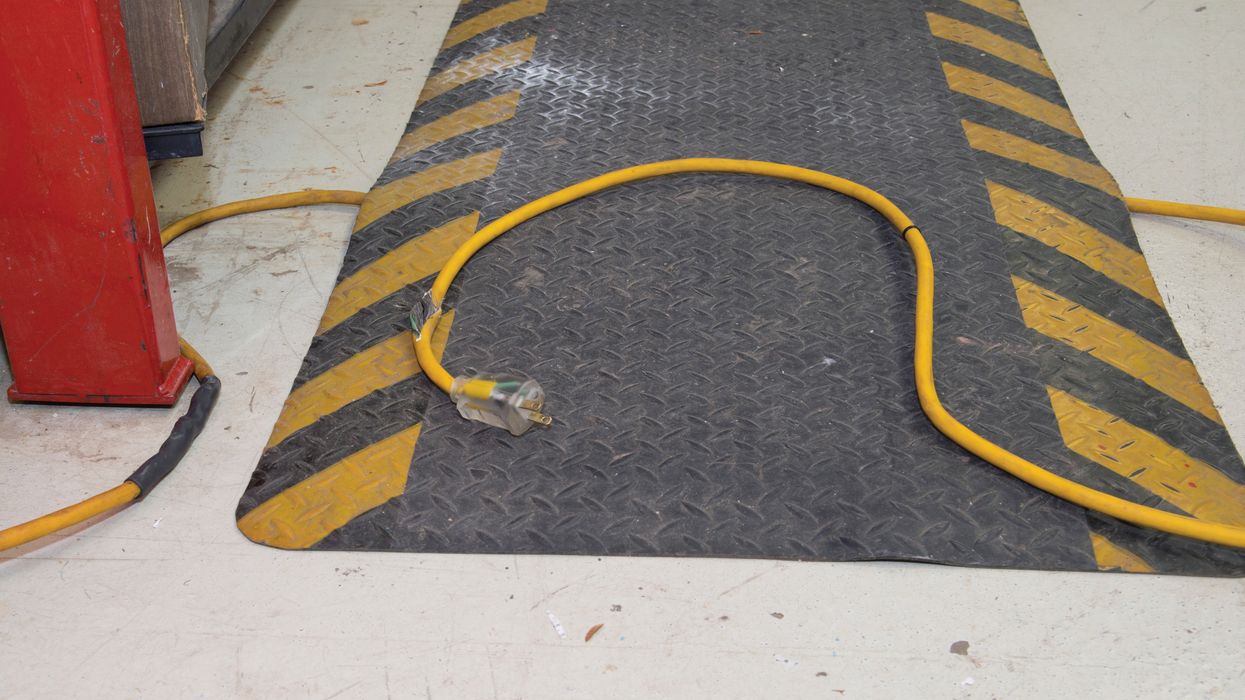A “yard move” (YM) is an electronic logging device (ELD) special driving category, which carriers have the option to authorize. Putting an ELD in the YM status can give a yard or road driver added flexibility or another avenue for falsification.
To avoid violations and increased risk, ensure that your drivers, dispatchers, and safety personnel know the answers to these frequently asked questions (FAQs).
1. What falls under the definition of a “yard”?
The Federal Motor Carrier Safety Administration (FMCSA) does not officially define a yard. Still, it is generally accepted an area that is not open to public travel due to being restricted by signs or gates.
A carrier’s terminal, a customer’s facility, or a rail yard can be a yard if the area cannot be defined as a highway per 390.5. A driver may also cross a public road to reach another part of private property under yard-move time if traffic controls (i.e., flagger) for the public are in place.
Malls, truck stops, and parking lots the public can access, however, are all examples of places that cannot be a yard for ELD and on-duty (not driving) purposes.
2. Is a yard driver subject to federal regulations?
Commercial motor vehicles (CMVs) are federally regulated at 10,001 pounds or greater — rated or actual, alone or in combination with a trailer. State definitions of a CMV vary.
Suppose a yard truck met the definition of a CMV and operates in an area open to public travel in interstate commerce. In that case, the yard driver must be qualified under Part 391 and is subject to all other applicable federal regulations. If the yard truck and trailer meet the definition of a CDL vehicle in 383.5 as most do, the driver is also subject to drug and alcohol testing and CDL requirements.
Yard drivers might not be required by their carrier to use an ELD to create a log. They are stillsubject to the hours-of-service limits in 395.3 and the same rules for on-duty (not driving) time in a yard or on-duty driving (Line-3) on a public roadway.
A carrier may allow the use of a time record instead of an ELD to track a yard driver’s time under the 150 air-mile exception in 395.1(e). If the yard driver uses an ELD, the carrier can designate the driver as “Exempt” (exempt from grid logs only) in the ELD back-office system.
3. How is a yard move recorded on an ELD?
YM time is visible in the ELD grid as driving time with a dashed or dotted line. Before using YM time, the driver must select the “YM” special driving category and annotate the ELD record describing the reason for the activity.
According to federal hours-of-service rules, a driver cannot use “Line-3” or on-duty driving time after 14 consecutive hours from the start of on-duty time for the day. However, yard moves are recorded as “Line-4 time” or on-duty not (driving) time. Therefore, YM time doesn’t stop the 14-hour clock, but can be appropriately used beyond the 14-hour or other driving limits.
4. Does a yard move count toward the 30-minute break from eight total hours of on-duty driving?
Yes. Because a YM is on-duty (not driving), it counts toward the 30-consecutive minute break from on-duty driving required after eight total hours of on-duty driving. (see 395.3(a)(3))However, if a driver is involved in a fatigue-related crash, driving in a yard to satisfy a break from driving requirement will not look prudent to a jury.
5. What if a driver forgets to change the driving status, and the ELD remains in YM-status after they leave the yard?
The time will be incorrectly captured as Yard Move (on-duty yard time rather than on-duty driving time) and could be considered a false log. To address this, the driver should attach a comment to the log explaining the error as soon as safely possible.
The driver’s log must be manually edited to the correct driving time if the ELD system allows the off-yard time to be changed to on-duty driving time. Otherwise, an annotation must be made noting the correct on-duty (not driving) and on-duty driving time.
6. How are yard moves audited?
Verify the location at the time of the YM with the location description or the longitude and latitude data from the ELD or vehicle tracking device. If the driver was not in a yard at the time of the YM, the driver falsified the record.
A driver using a public road in YM status to get fuel or take the truck in for maintenance is considered falsification. If the driver was over the 11-hour driving limit, 14-consecutive on-duty period, or the 60- or 70-hour limit, they now have an out-of-service violation and a false log.
Carriers can define a geo-fence or virtual boundary of the yard if the system allows that feature to indicate a departure from the yard.
Keys to remember:
Carriers must train their team to understand when the Yard Move status or on-duty (not driving) can and can’t be used when operating a CMV. Audit yard moves to ensure this ELD special driving category, or duty status for drivers on time records, is not used to falsify logs.

